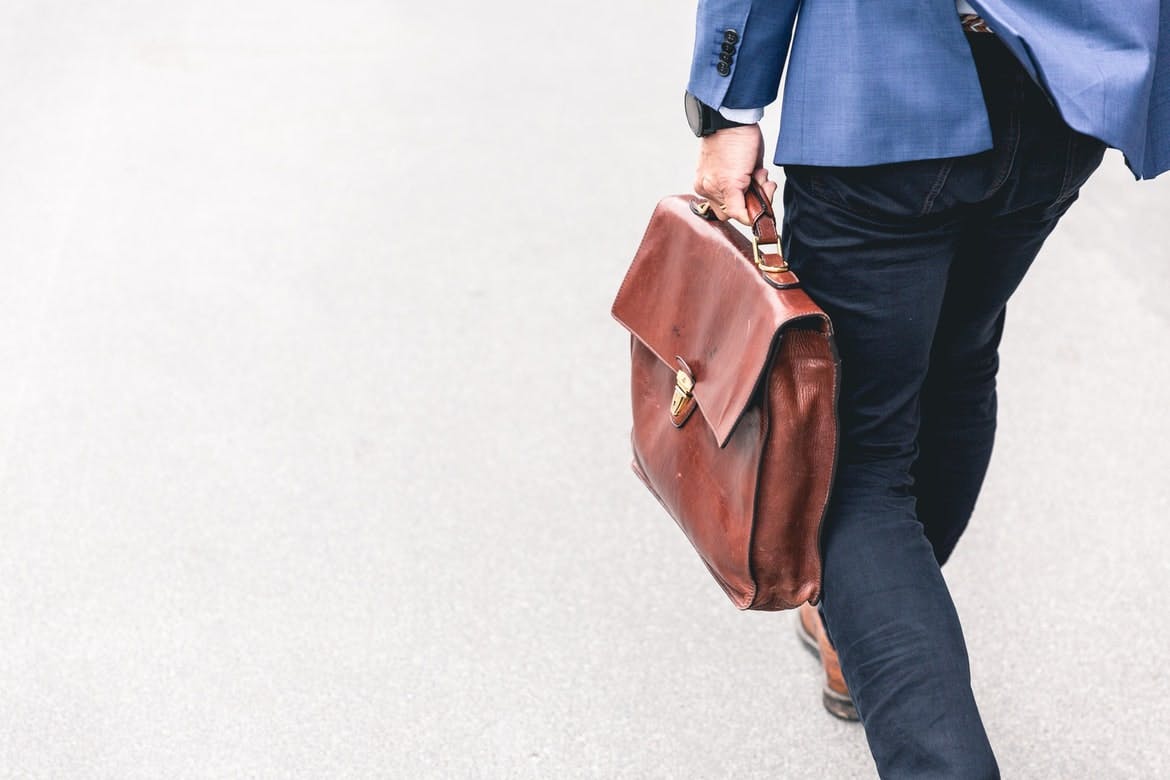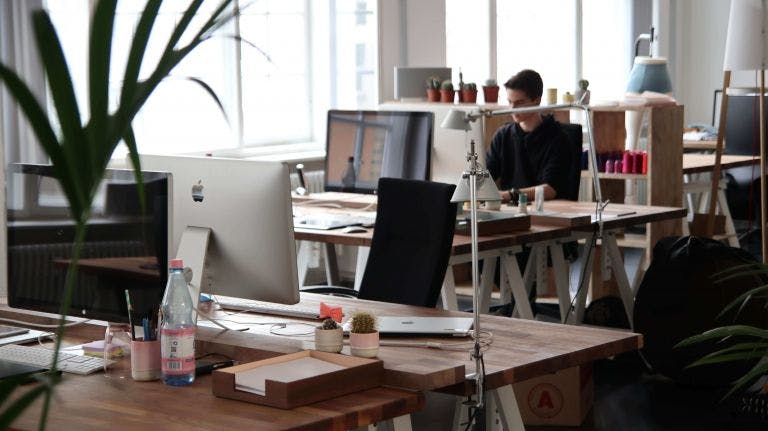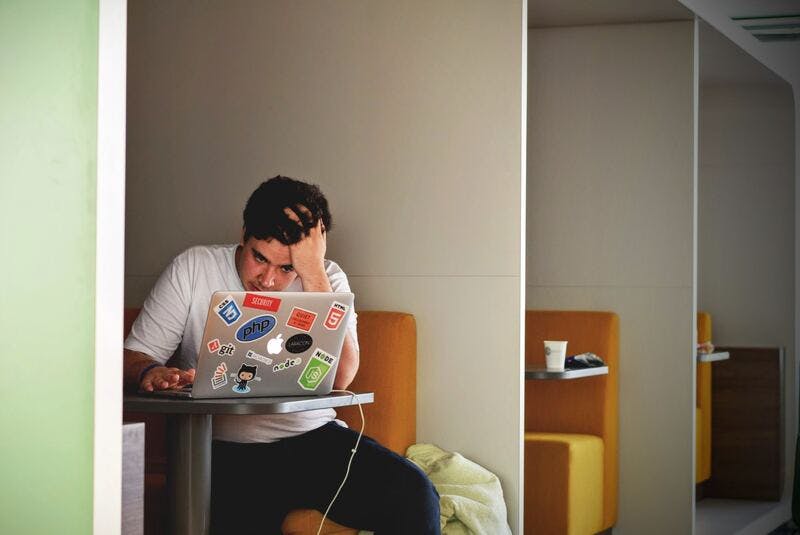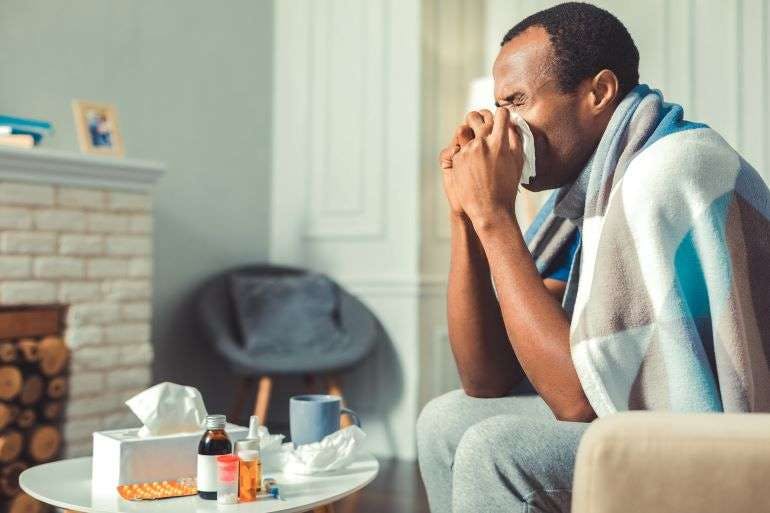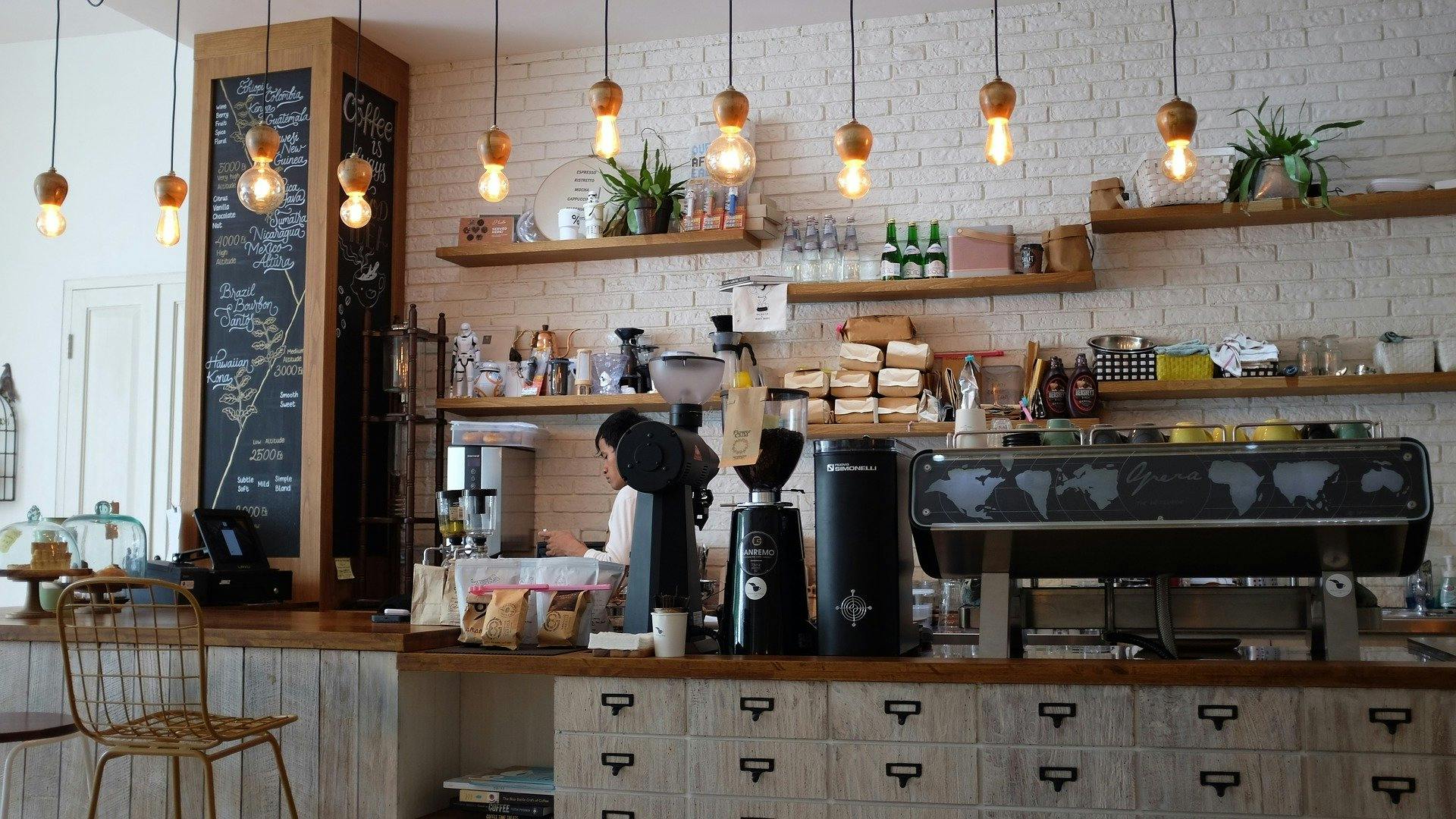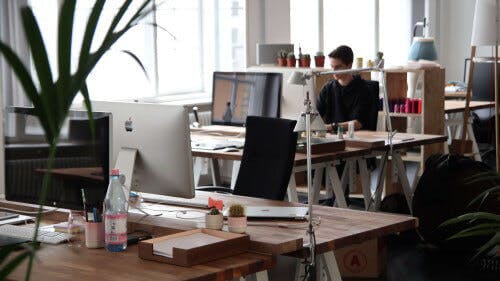First published on Monday, Jan 10, 2022
Last updated on Monday, Jul 31, 2023
Sick building syndrome describes the combination of symptoms that affects building occupants. Some people, when they are in a particular building or enclosed space, notice they feel ill or uncomfortable or experience symptoms like skin irritations, itchy eyes and noses, and dry or throat irritation, amongst other symptoms.
Protecting your employees and ensuring their health and safety is your responsibility as an employer. So, business owners need to note whether their employees are experiencing sick building syndrome and take active steps to fix the problem to make sure employees are healthy and able to carry out their work responsibilities well.
What is sick building syndrome?
Sick building syndrome (SBS) is a condition that affects people who spend a significant time inside a building. It makes them develop symptoms like fatigue, headaches, nausea, dizziness or mucous membrane irritation, skin symptoms like rashes, irritations, and difficulty concentrating. SBS affects a fair number of people, but some of the people most at risk include office workers who spend prolonged periods tucked away without fresh air and are exposed to other risk factors.
As an employer, your employees may complain of nonspecific symptoms that mimic the symptoms of other illnesses like cold or flu but only affect them when they are in the building. This is a key sign that they could be experiencing sick building syndrome. Understanding these symptoms that usually don't result in a specific illness can help you manage work distractions, eliminate absenteeism, and improve your employee's productivity.
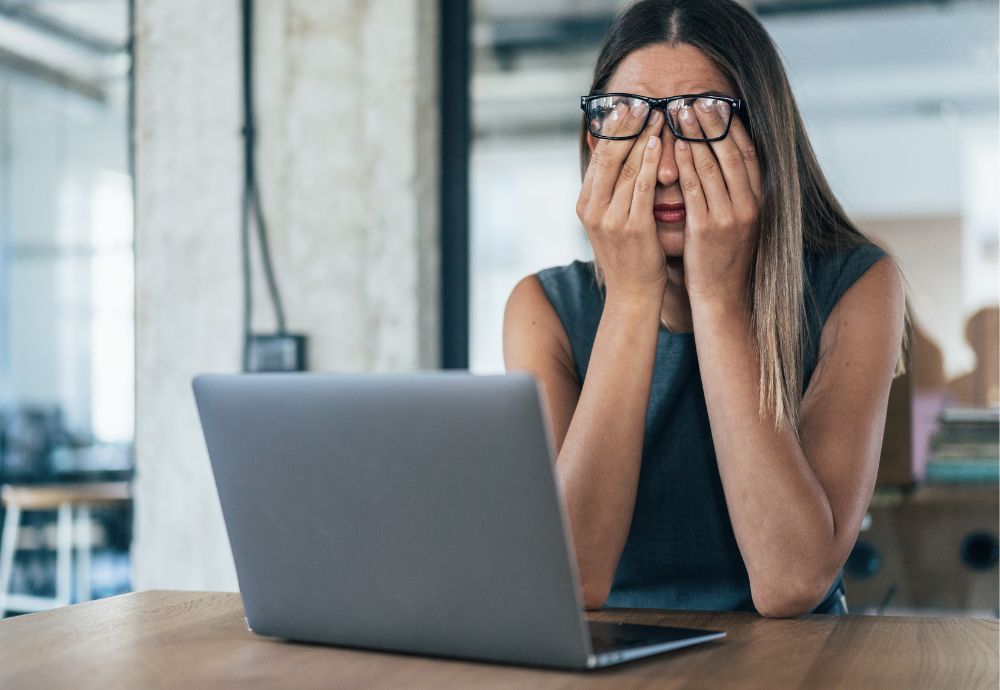
Sick building syndrome symptoms and signs
Where building related illnesses are spread from worker to worker or through building related services like humidifiers, it differs from sick building syndrome in that the latter is due to the building itself. This is important to understand as the symptoms of sick-building syndrome are similar to other illnesses, like building related illness, so they may be hard to pinpoint.
Some of the most common SBS symptoms are:
1. Fatigue
One of the major SBS symptoms is a general feeling of fatigue. This tiredness can start anytime from a few minutes to a few hours of being in the building. Employees experiencing SBS usually feel much better a few minutes after leaving the building. Sometimes this fatigue is worse in the winter when there is less sun.
2. Headaches
Other SBS symptoms are neurotoxic effects like a dull, non-throbbing headache dissimilar to a migraine. People with headaches from SBS usually describe them as dull pressure or heavy-headedness.
3. Mucous membrane irritation
Some of the ways sick building syndrome gets confused with a cold or the flu are because of mucous membrane irritations. These include a stuffed nose, dry and irritated throat and increased thirst. Other symptoms in this category are itchy and dry eyes, sneezing or burning sensations in the throat.
4. Skin irritation
Sick building syndrome causes skin irritations like dry or itchy skin. Some people even end up with itchy skin rashes. These symptoms are often harder to link to a building because they don't stop immediately after an employee exits the building.
Employers should note that sick building syndrome manifests differently in everyone. Some office workers may exhibit none of these SBS symptoms but show other forms of illness like body aches, chest tightness, dizziness or breathing difficulties.
Symptoms may be even worse in employees who have underlying health conditions like respiratory illnesses such as asthma or allergies.
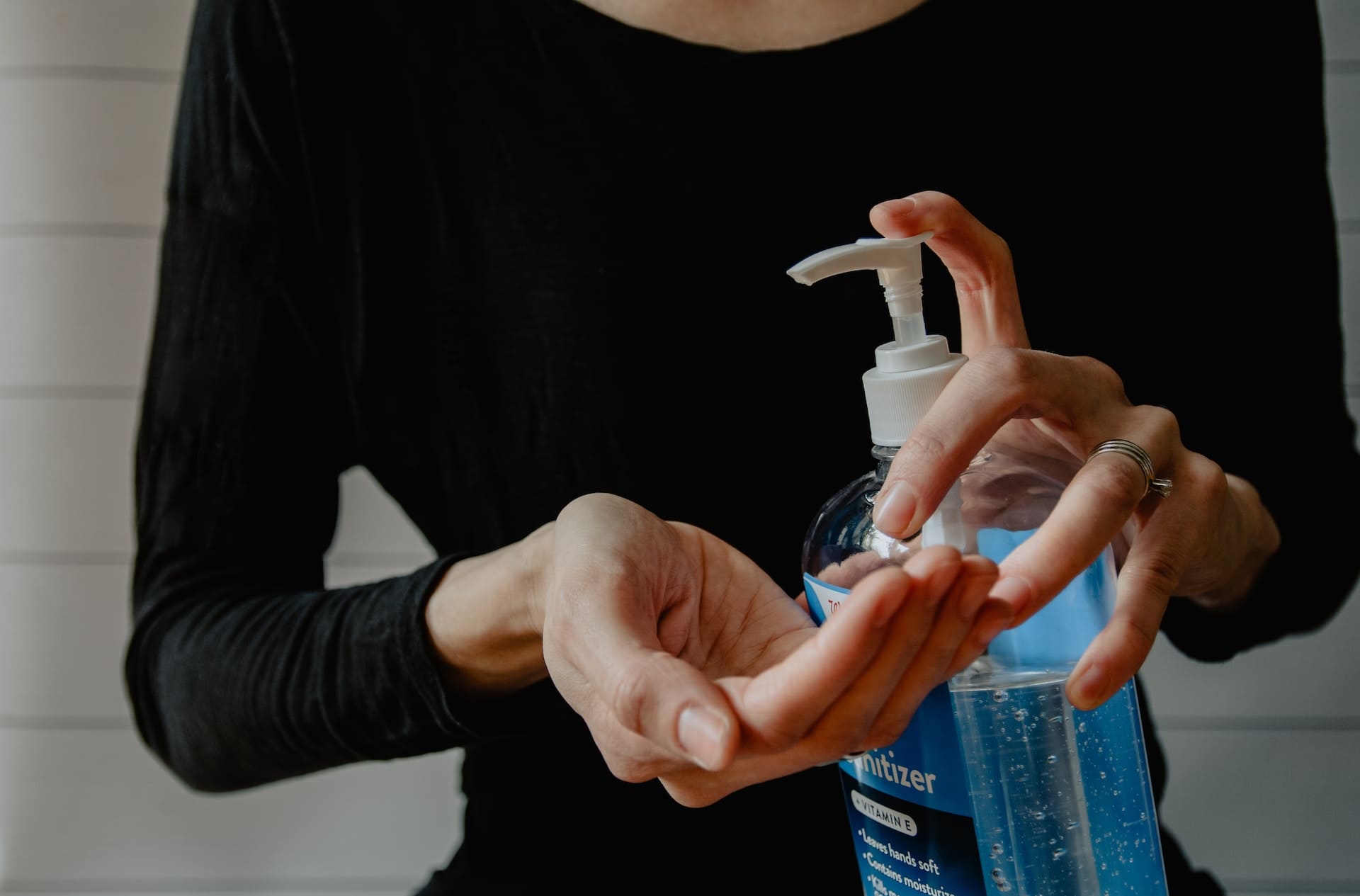
What substances cause sick building syndrome?
Often the exact cause of SBS symptoms can't be easily spotted. Sometimes a combination of these factors can be responsible for your employees constantly feeling ill whenever they are in your workplace. Causes of SBS can be split into two—some fall under building factors or individual exposures. Let's take a look at building factors first, then individual exposures.
Biological contaminants
Biological contaminants in a building, like asbestos, mould, bacteria, or other volatile organic compounds, can cause your employees to start experiencing symptoms of sick building syndrome. Biological factors like stagnant water in drainpipes, water-stained ceiling tiles or carpets can also cause cough, stuffy noses, fever, and other symptoms.
Biological contaminants also cause a lot of problems when there is poor ventilation and limited access to fresh air. Even with air conditioning systems, these contaminants are simply circulated and spread around the building, possibly causing more workers to feel ill.
Inadequate ventilation system
Buildings with poor ventilation have an increased risk of their occupants developing SBS. Although a good ventilation system can help dilute contaminants, it may expose office workers to any pollutants in its ducts. Buildings these days are more airtight and have less airflow, so there are fewer naturally ventilated buildings which could have a negative impact on the health of their occupants.
Another thing that impacts ventilation systems is when many offices are packed into a building. So buildings with more businesses might be putting their occupants at more risk of sick building syndrome, because of decreased ventilation.
Poor indoor air quality
Many things can impact the indoor air quality of your buildings, like chemical contaminants found in cleaning agents, paint, carpeting adhesives or chemicals used on wood products like furniture. Other factors contributing to poor indoor air quality include synthetic fragrances in cleaning or personal care products. In some cases, air conditioning systems can also contribute to poor indoor air quality. Depending on your building's location, outdoor sources can include motor vehicle exhaust, dust, or combustion by-products.
Psychological factors
Some other causes of sick building syndrome comprise of psychological factors an individual may be going through. These may include poor interpersonal interest, low support, work stress or a noisy work environment. These can all contribute to difficulty concentrating and other SBS symptoms.
Visual display units
Some studies show a slight relation between the time spent in front of visual display units (VDU) and sick building syndrome. Office workers who spend upwards of seven hours in front of a computer can develop a specific type of facial rash.
Perceived air quality
Factors like exposure to environmental tobacco smoke, directly or indirectly, with co-workers who smoke can lead to more symptoms of sick building syndrome. In some cases, inhaling the fibrous dust from ink encapsulated in different types of paper can also cause SBS.
Some other general causes of sick building syndrome include overcrowding, heat or low humidity, and animal droppings. Poor lighting, carbon monoxide, pesticides, emissions from office machinery, faulty HVAC systems, and even building materials can also be the culprit for sick building syndrome.
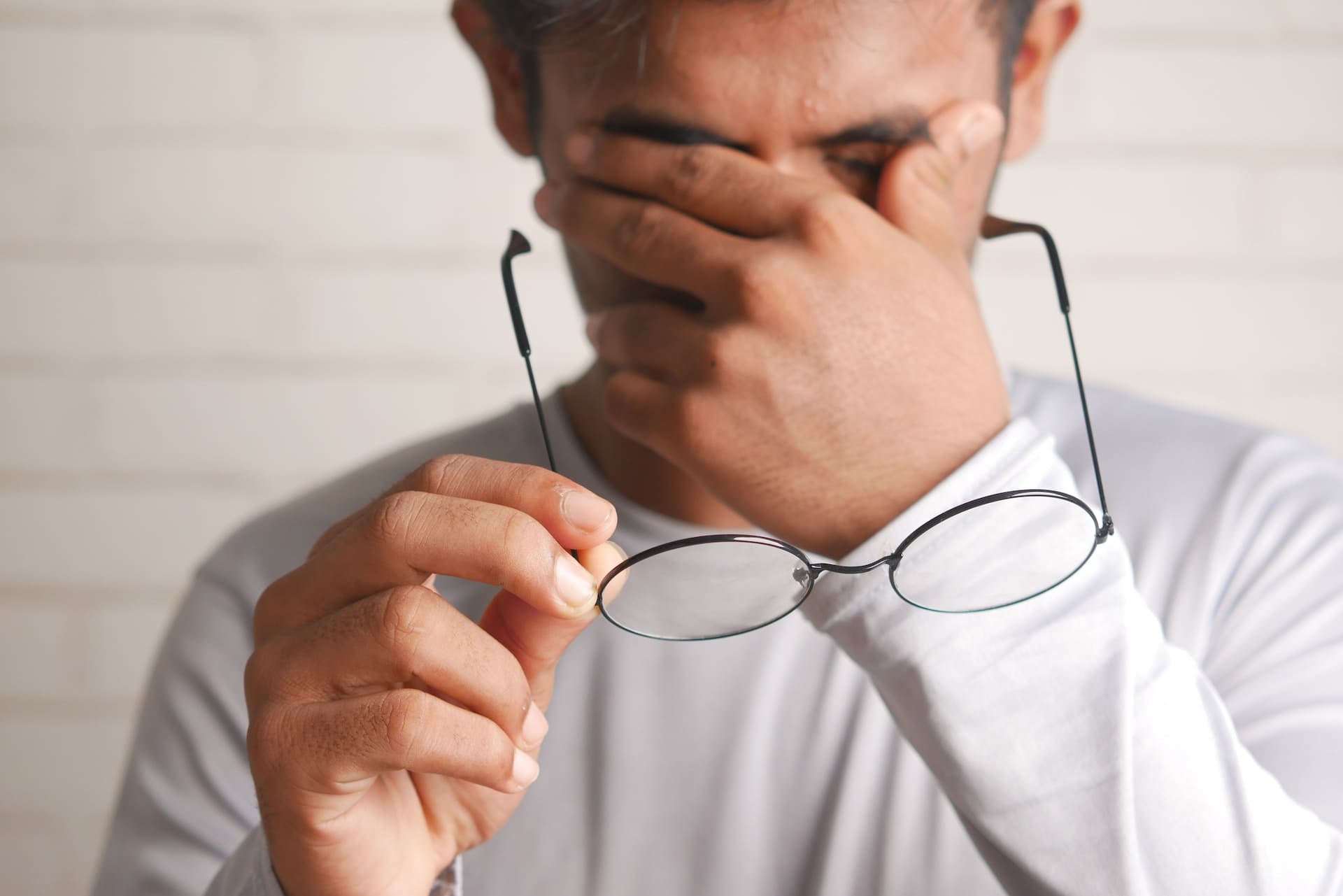
Consequences of sick building syndrome for businesses
Sick building syndrome can have a direct impact on a business's performance. As an employer, managing your staff members' occupational safety is your responsibility because if your employees aren't feeling their best, it can have adverse effects on your business, such as:
Decreased productivity
When employees experience SBS symptoms whenever they're at your business premises, they're less likely to work efficiently. This means there'll be a drop in the quality and quantity of work they complete, leading to higher operational costs, which can be bad for your business growth.
High turnover
The likelihood of your employees staying with your business for longer than a few months is low. When employees constantly suffer from things like poor indoor air quality, they're less likely to want to keep coming back to that officer building. You'll have to keep hiring and training new staff, which is an added cost for your business.
Increased sickness absences
Some acute symptoms of sickness building syndromes, like chest tightness, nausea, frequent headaches, and respiratory symptoms, may be severe enough to prevent your employees from coming to work regularly. Your business could see a spike in employees taking days off to recover from feeling ill. You may find your business is often understaffed more often, putting more burden on workers that are present and reducing their work output.
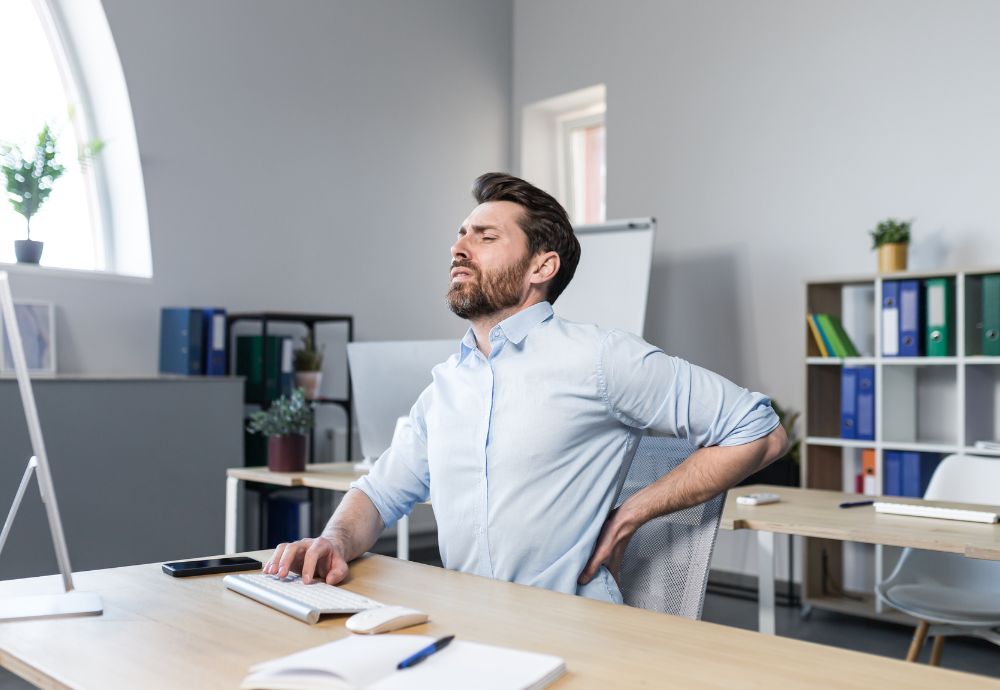
Prevention and control
As an employer, there may not be much you can do to prevent sick building syndrome since most of its symptoms are caused by improperly designed building structures. Unless you're the building owner, all you can do is implement some best practices to Encourage employees to manage the symptoms with allergy medications that help alleviate SBS symptoms like itchy throat, eyes or skin. Employees may need long-term medications for more acute symptoms and should be advised to seek professional help.
Factors employers can control include:
Moving to a different working location
Reducing time spent in the building where possible
Placing toxin-absorbing plants in the workplace to help purify the air
Replacing office equipment with lower emission models
Using proper lighting and choose buildings with lots of natural lighting
Carrying out maintenance on HVAC systems regularly
Conducting regular inspections to spot hazards like mould or fungus
Removing and replacing water-stained carpets, furniture and ceiling tiles and waterproof your office space
Using solvents, paints, pesticides and other pollutants when the building isn't occupied or in well-ventilated areas only
Using products with no fragrance or low fumes
Regulating and using the right humidity for your spaces
Updating visual display units and monitors
Taking regular screen breaks
Vacuuming regularly to eliminate dust and other air pollutants
Using open space office layouts to reduce congestion and improve indoor air
Using natural lighting and color mixes to avoid overloading your employee's senses
Preventing workers from smoking or using tobacco products at work or provide a designated away from your workplace
Implementing these changes can help alleviate the symptoms of sick building syndrome and limit its negative effects on your business. You'll see fewer sickness absences, higher productivity, and better employee retention.

Can you recover from sick building syndrome?
Sick building syndrome is usually caused by being in a building with contaminants and other risk factors like poor indoor air quality that compromise your immune system. The best way to recover from sick building syndrome is to limit exposure to the building causing such symptoms. Or to stop employees from coming into that building completely. Another way to combat the effects of sick building syndrome is by switching to remote or hybrid work options if your business can accommodate it.
If symptoms are checked in time, there is less chance of it causing long-term effects that will take longer to recover from or require more intensive treatment.
Overcoming sick building syndrome with BrightHR
Managing employees suffering from sick building syndrome can be challenging for a business owner. The symptoms are often hard to pinpoint on time, and with limited control over how the entire building is managed, trying to manage risk factors like indoor air pollution can leave you feeling stressed and overwhelmed.
That's where BrightHR comes in. Our health & safety and employment relations experts have years of experience helping business owners like you handle complex occupational health & safety issues like sick building syndrome to keep your employees healthy.
Our advice lines are open Monday to Friday, 9 am to 5 pm, so lean on the expertise of our health & safety experts - discover BrightSafe Advice today!



